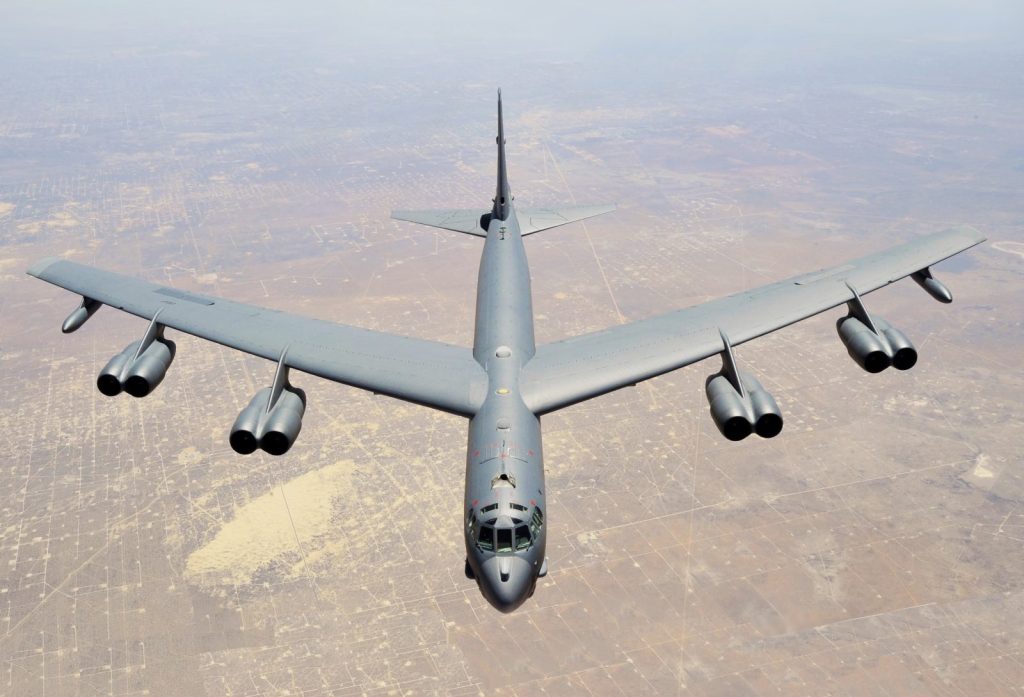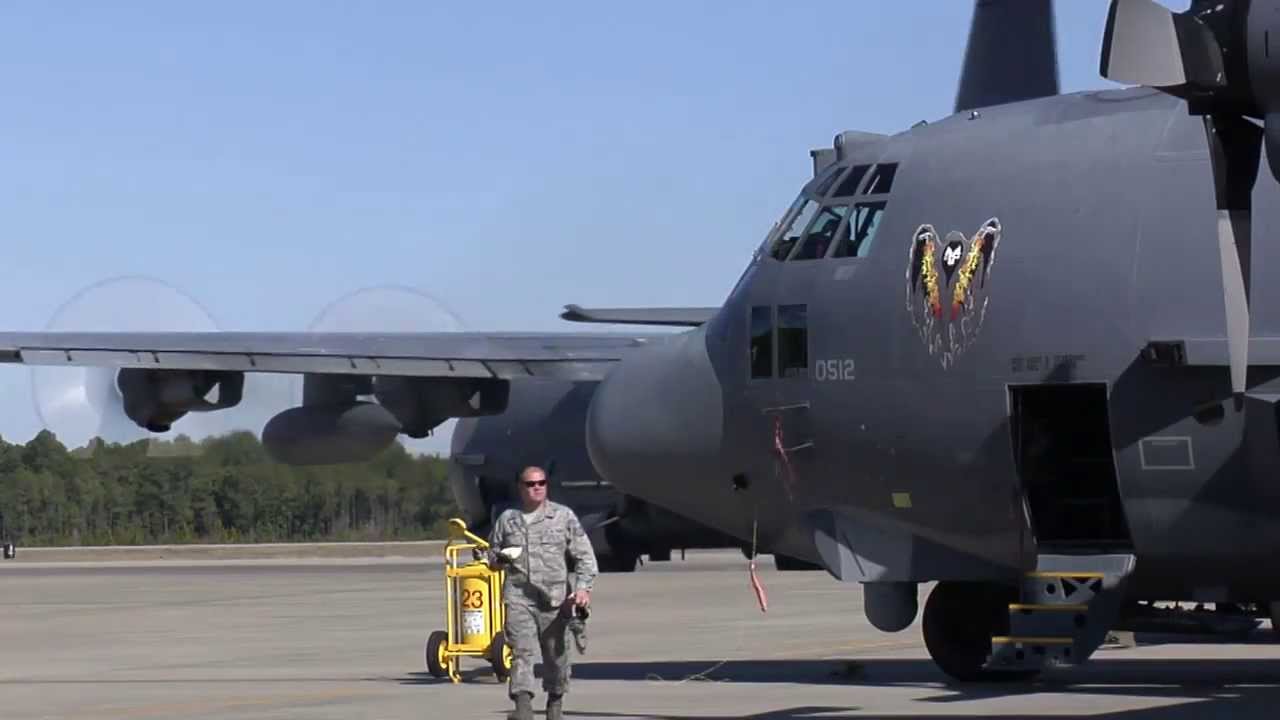The Vietnam War or more accurately known as the Second Indochina War is the war that was fought in the following countries.
- Vietnam
- Laos
- Cambodia
The war is also dubbed as the “Resistance War Against America” or the “American War”.
It was fought from the date 1st November 1955 to 30th April 1975 until the capital of Vietnam; “Saigon” was captured by America army.
The war initially fought between the South and North Vietnam. At the time, North Vietnam had allies from the Soviet Union and China while for South Vietnam their allies were countries like the USA, Philippines, South Korea, and Australia, Thailand and other such anti-communist allies.
During his war, each of the allied countries for both Vietnamese factions fought with all of their major military assets. The war was particularly a great era for many of the world’s amazing jet fighters to emerge.
For our readers today we have made a list of the most iconic aircraft from the Vietnam War (part 1). As a war that raged on for more than 2 decades, there were a number of aircraft that were used in it and this is why we have decided to present the first part of it today.
Boeing B-52 Stratofortress

The project for the Boeing B-52 Stratofortress started back in the World War II with USAF needing a long-range strategic bomber that would be able to carry out the delivery of a huge ordinance payload. It was also designed to carry out the nuclear strikes as well from deep within the enemy’s airspace.
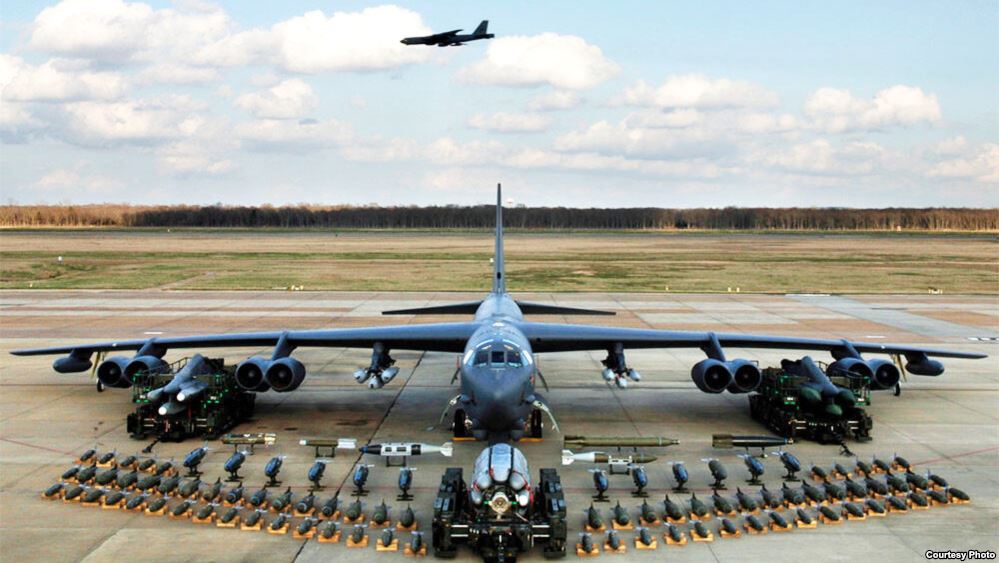
Due to its service back in the Vietnam War, the aircraft proved to be so versatile that it is still serving for the USAF. the aircraft which was powered by 8 engines could produce a dry thrust of 17000 lb/ft from each of its engines.
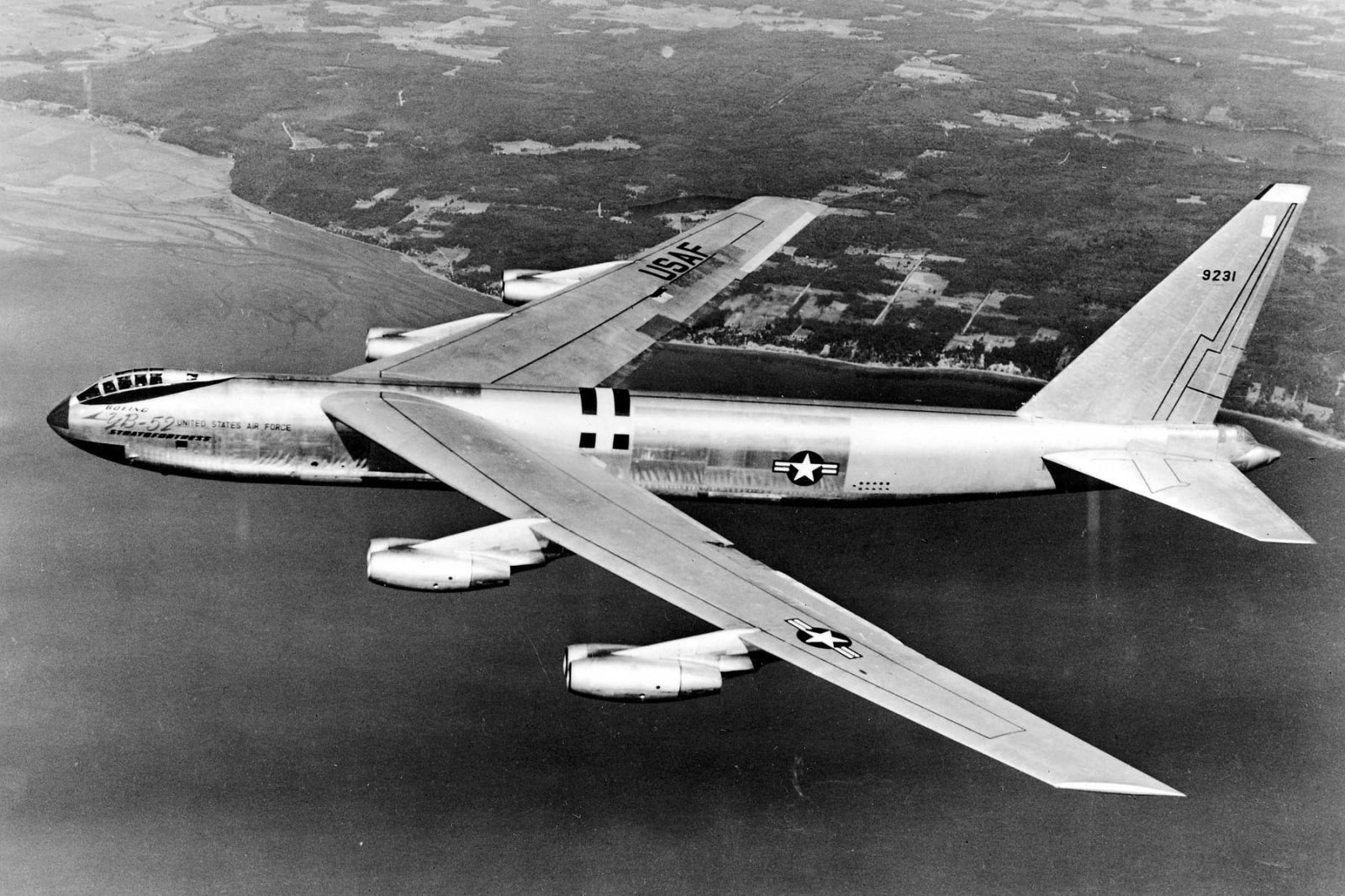
The aircraft had a top speed of 650mph with a maximum range capability of 9000 without the need to refuel. The aircraft could carry an ordinance payload of 7000 bombs which also included nuclear bombs.
McDonnell Douglas F-4 Phantom II
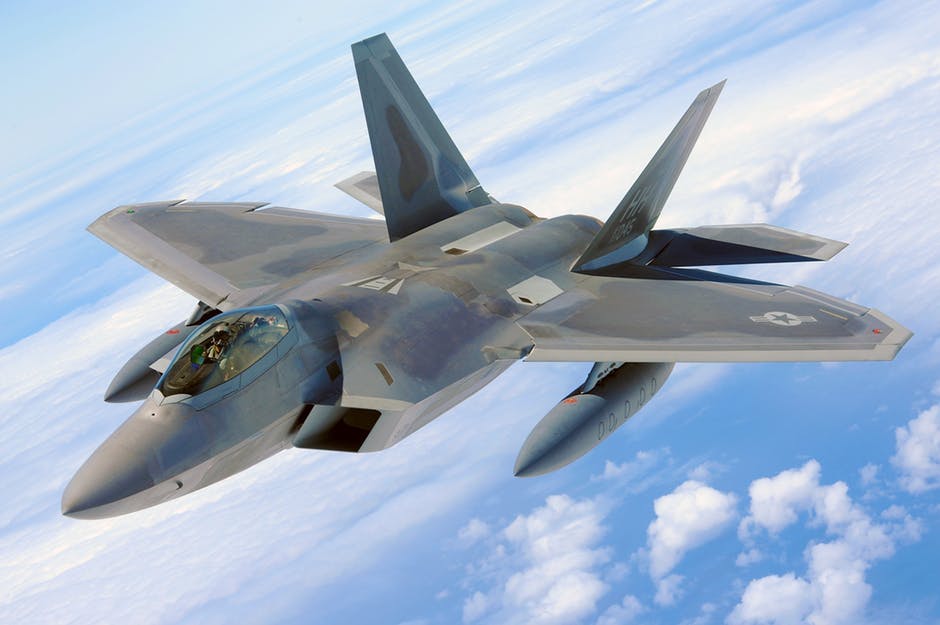
The next major contributor for USAF in Vietnam War was the McDonnell Douglas F-14 Phantom II. This was a 2-seat and 2-engine aircraft that could be used in all weather conditions. The aircraft was famed for its supersonic speed and its long range making it one of the deadly fighter jets of its era. The aircraft was sued by the US Navy as either a fighter bomber or as an interceptor. This aircraft saw a lot of action during the Vietnam War being an American fighter jet.
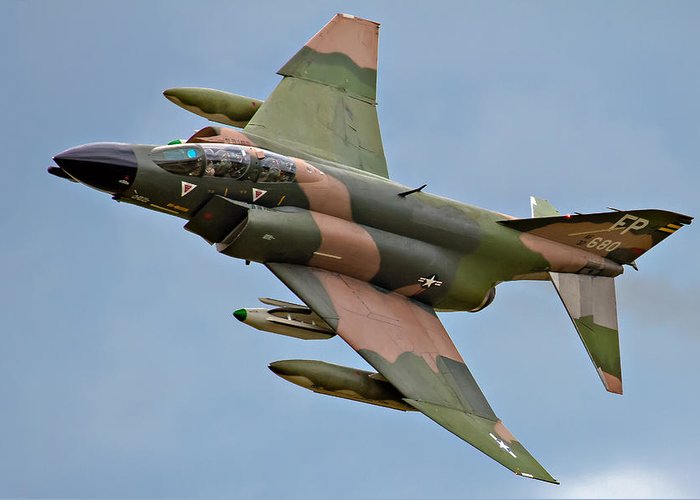
The aircraft powered by its engine could muster up a speed of Mach 2.3 and had a combat range of nearly 85 miles.
Republic F-105 Thunderchief

The aircraft known as the Republic F-105 Thunderchief made its first debut for US Military even before the US involved in the Vietnam War. The aircraft was designed to replace the F-86 Sabre and is still in use of not the only the US but also of Australia.
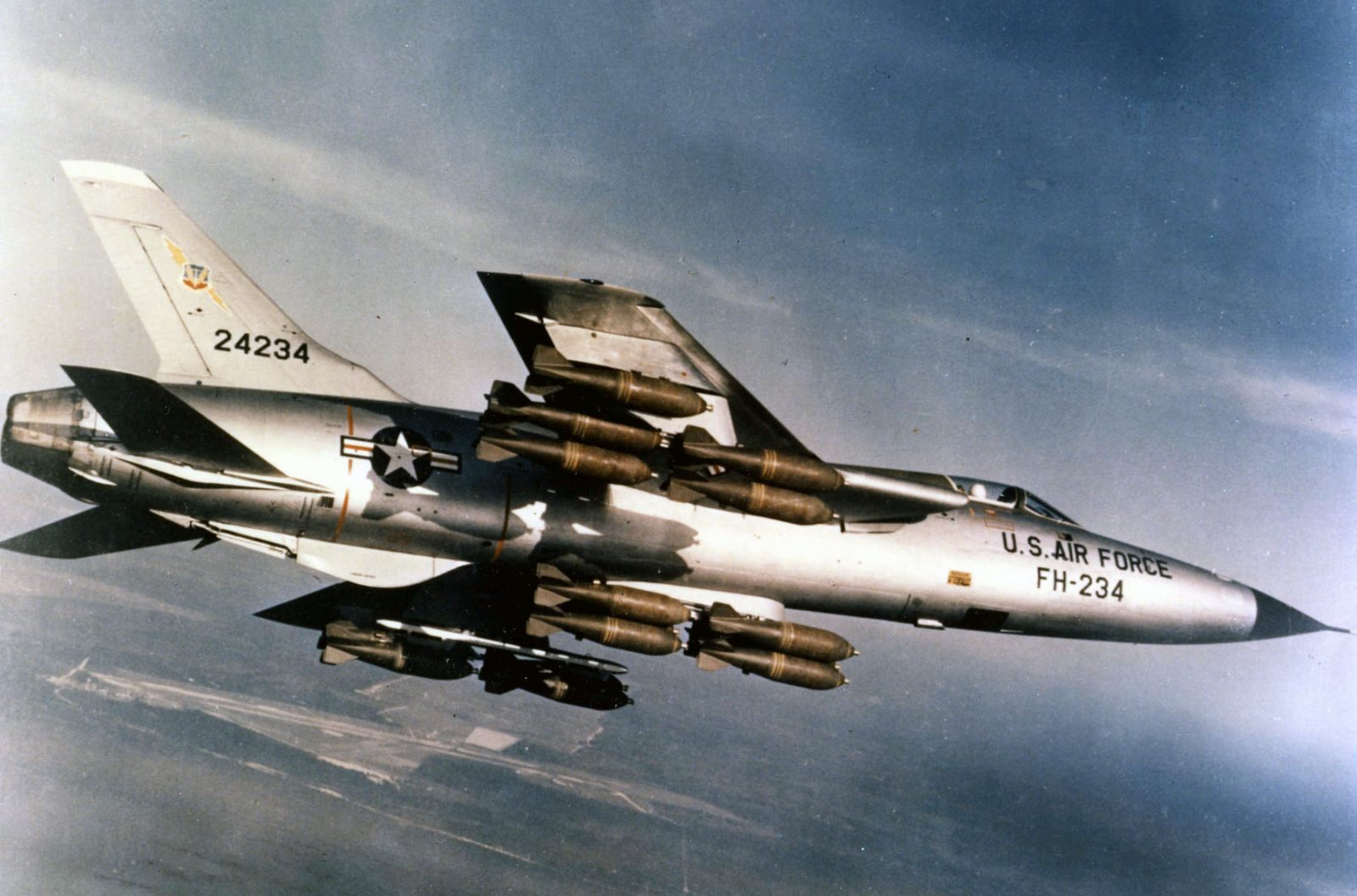
The aircraft with its single Pratt & Whitney J75 engine could create a dry thrust of 24500 lb/ft. the aircraft has a top speed of Mach 2.08 which makes it a suitable competitor for even today’s fighter jets. The aircraft had a single 20 mm M61A1 cannon in its nose section with ability to support a wide array of bombs as well as missiles beneath its 5 hard points.
Mikoyan-Gurevich MiG-21
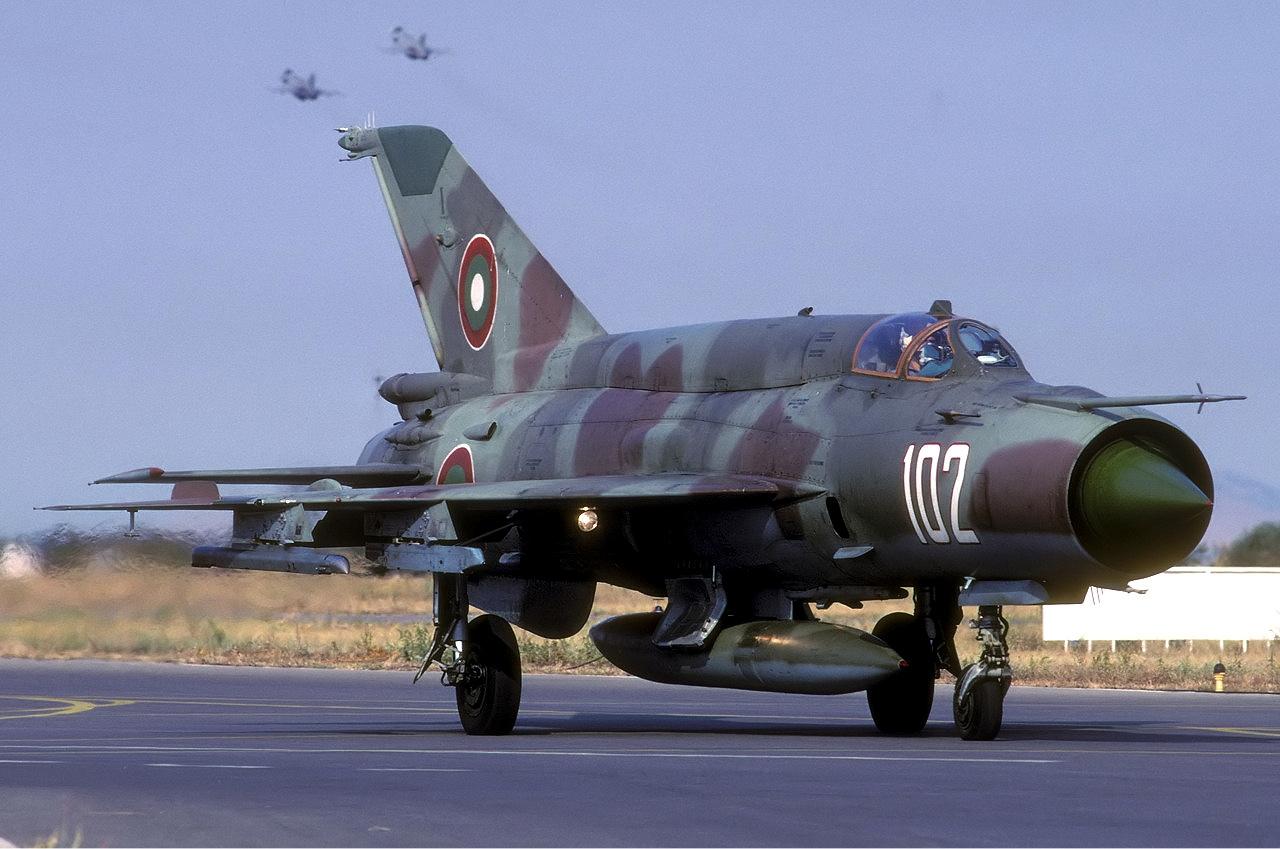
The U.S. and its other allies were not the only major air forces that were fighting in the skies of Vietnam With jet fighters. The Soviet, the other major contender in the war, introduced its MiG-21 back in 1959, with NATO reporting name Fishbed, which proved to be a great adversary for the US and its allies’ fighters.
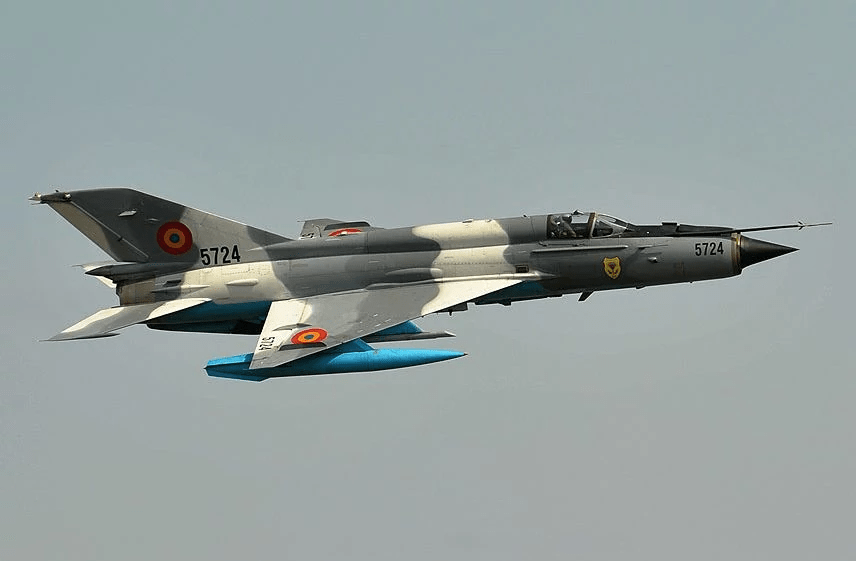
The aircraft is considered to be hanging on the line in between the 2nd and 3rd generation fighter jets. The aircraft was powered by a single Tumansky R25-300 that allowed it to have a top speed of Mach 2.0 with a combat range of 751 miles. The aircraft was armed with one 23mm GSH-23 cannon and had the ability to carry both rocket pods and the missiles.
Lockheed AC-130 Spectre/Spooky/Stinger II/Ghostrider
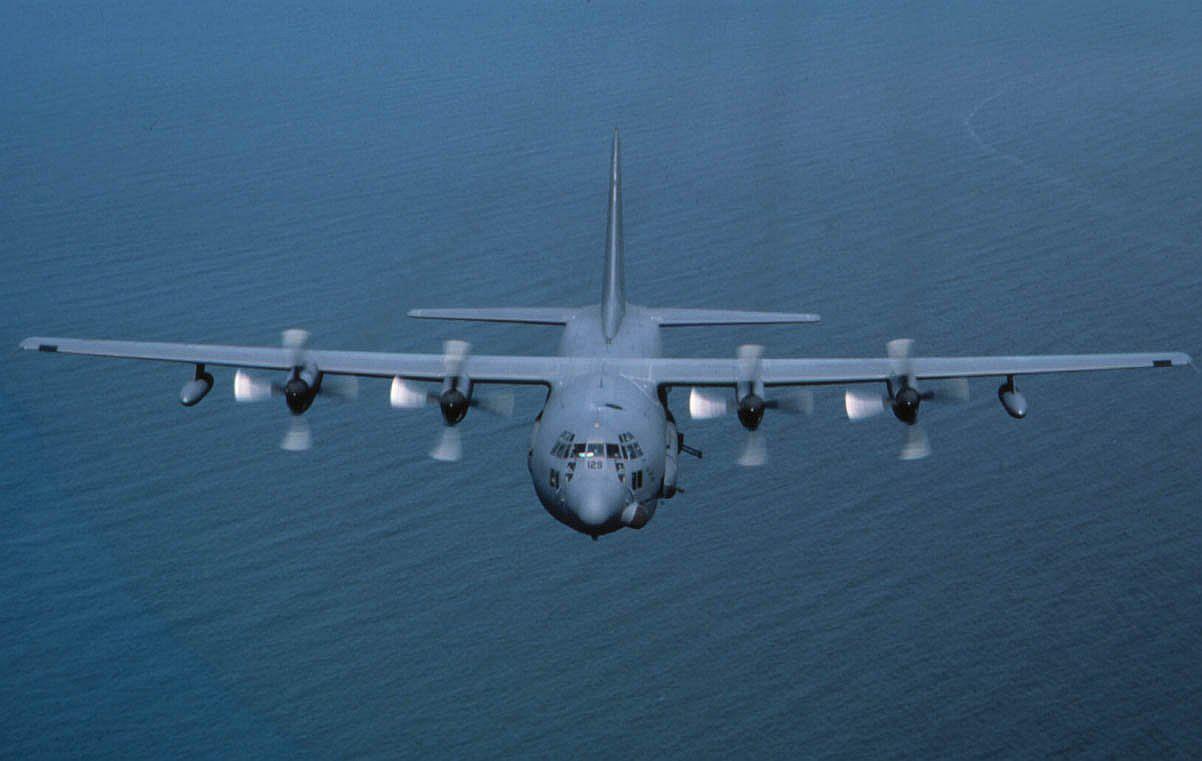
The Lockheed AC-130 is called the plane with many names and is hardly seen nowadays in the sky. It was an armored long range gunship for ground attacks.
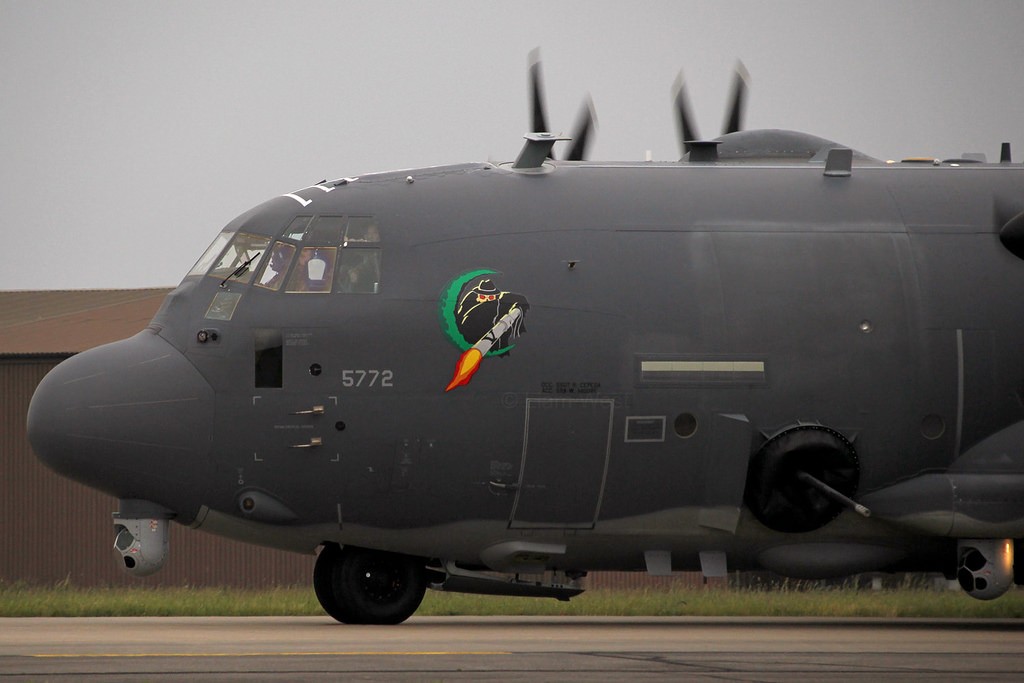
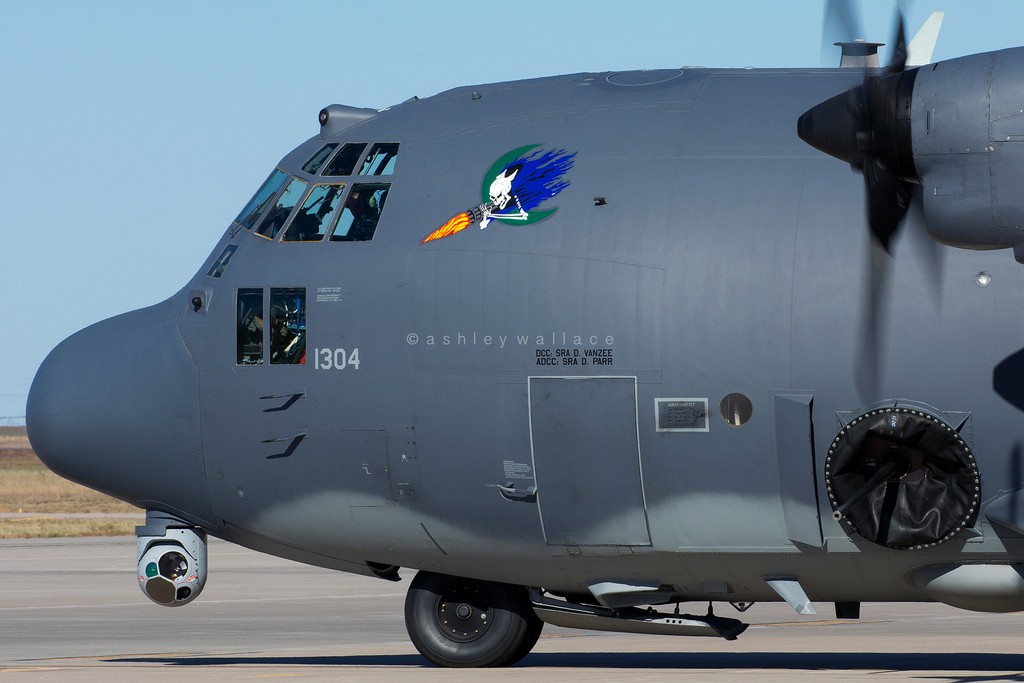
The Lockheed AC-130 had the capability to carry an ordinance payload of nearly 45000 pounds and was able to obliterate the ground targets with ease. The standard weapons on the Lockheed AC-130were as follows.
- Machine guns
- Miniguns
- M61 20mm Vulcan cannon
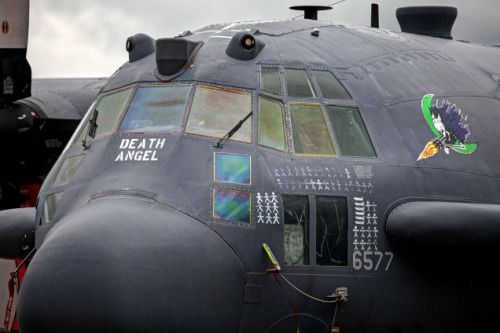
McDonnell F-101 Voodoo

The F-101 Voodoo made its debut back in the early 50s and it was a fighter jet that was designed while keeping in mind the endurance as well as the speed. The aircraft broke many air records during its time. At one point, McDonnell Douglas decided to alter it for being a nuclear-armed fighter jet in order to deliver tactical nuclear strikes over enemy targets.

However, fortunately, the bill was never passed and later the aircraft was sued in the Vietnam War. The role it served in the war was of a reconnaissance jet. It fulfilled the role neatly as it could take the pictures of enemy positions and could escape from the territory without being harmed.
Lockheed P-3 Orion
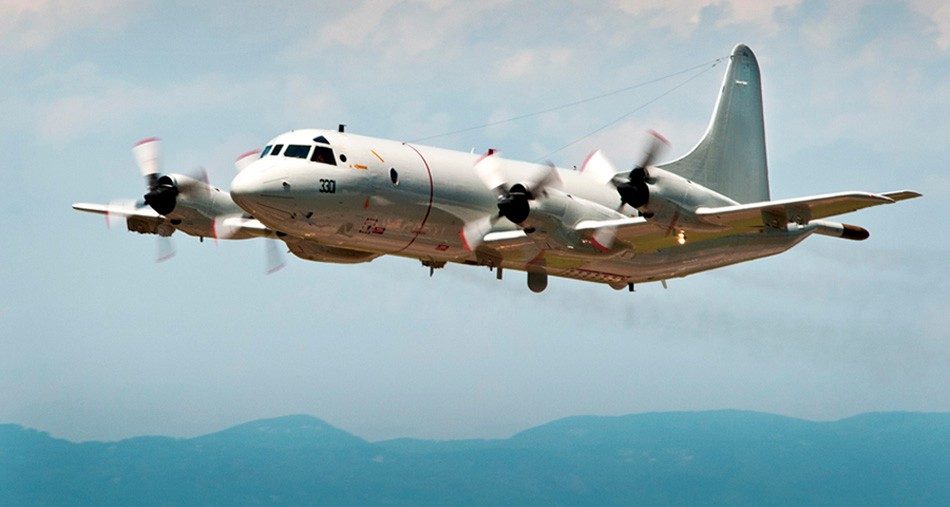
The Lockheed P-3 Orion was the 4-engine turboprop aircraft that was designed to be both anti-submarine as well as a maritime surveillance aircraft. The aircraft was of great service to the US during the operation “Market Time”.
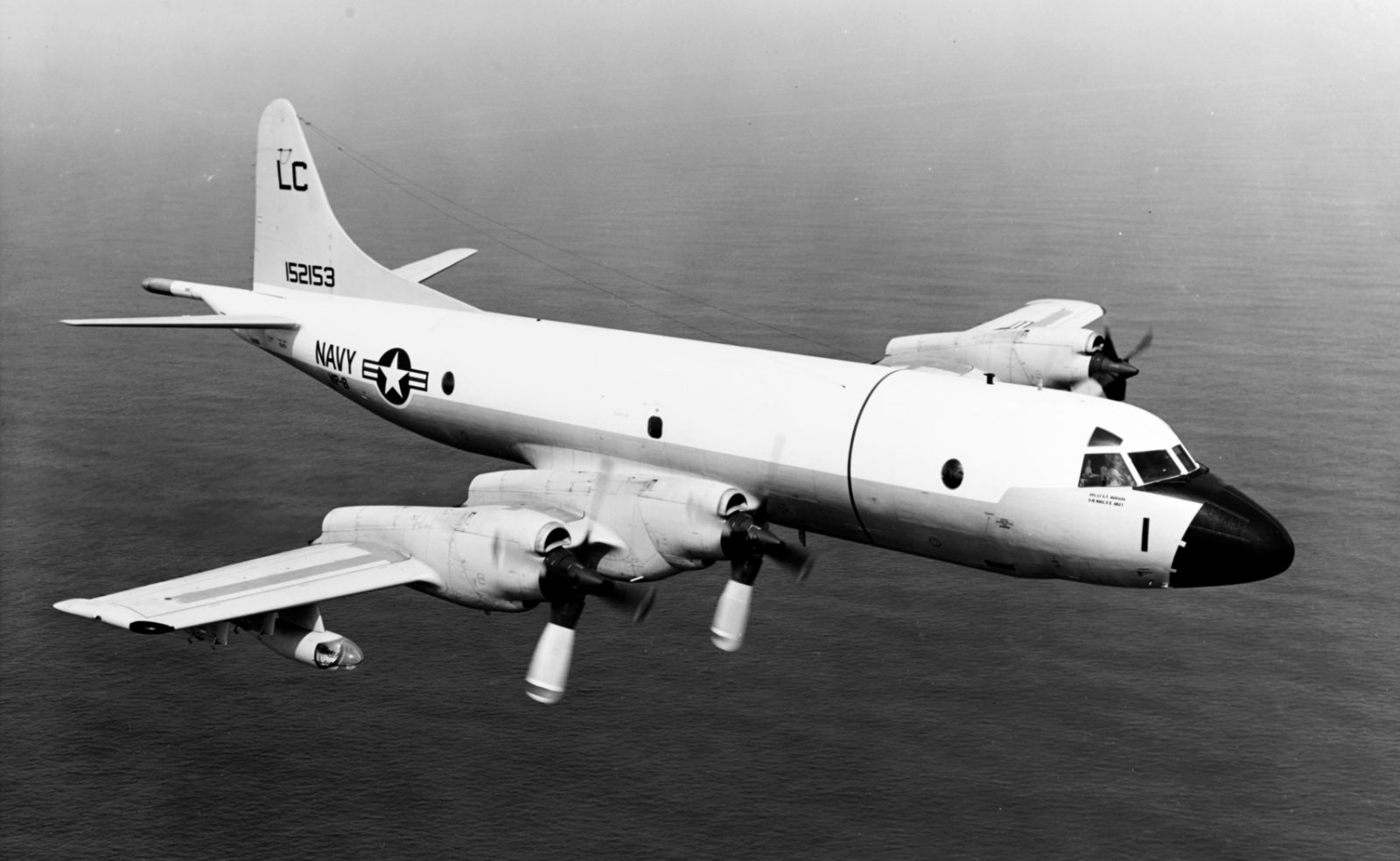
Lockheed U-2
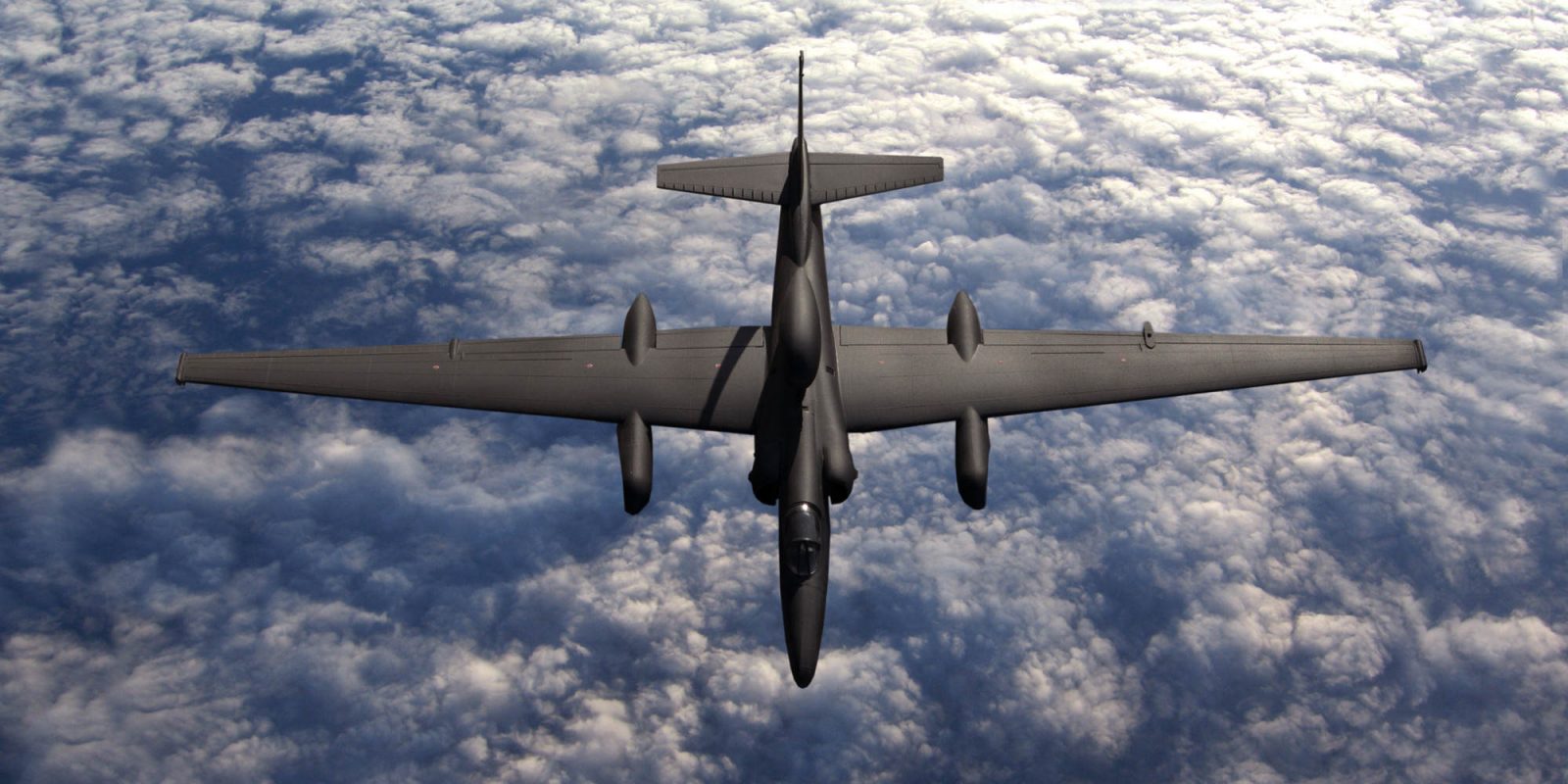
The Lockheed U-2 was a single engine aircraft that was used for ultra-high altitude missions for reconnaissance. The aircraft was one of the most integral aerial military assets for the US and its allies during the most intense times of the Cold War.
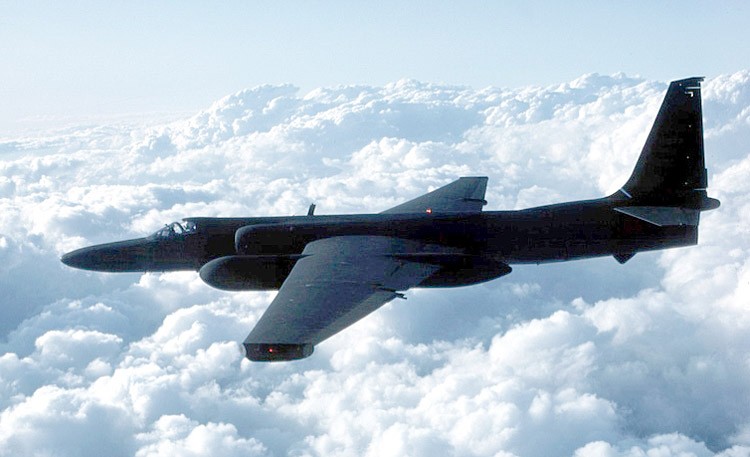
The aircraft had a top speed of only Mach 0.76 but had a massive ceiling of 70000 feet. The aircraft had only sensors and cameras as its main weapons.
Lockheed SR-71 Blackbird
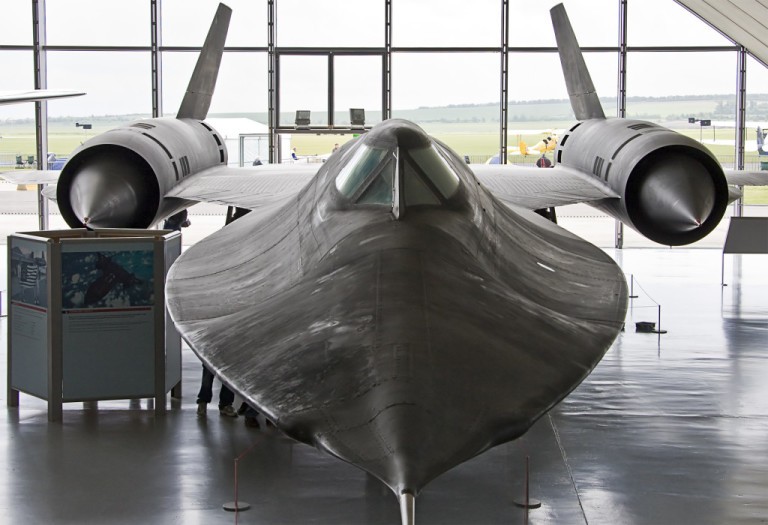
The Lockheed S-R71 Blackbird was developed in the 1960s and it served many important roles during the Vietnam War. The aircraft was built with only one thing. To build an aircraft that could exceed the speed of Mach 3.0 and could evade any enemy radar system for being a long-range reconnaissance fighter jet. The aircraft actually exceeded the expectations of its creators.

The aircraft at a top speed of Mach 3.3 had a range of 2900 nautical miles with a ceiling of 85000 feet.
Vought F-8 Crusader
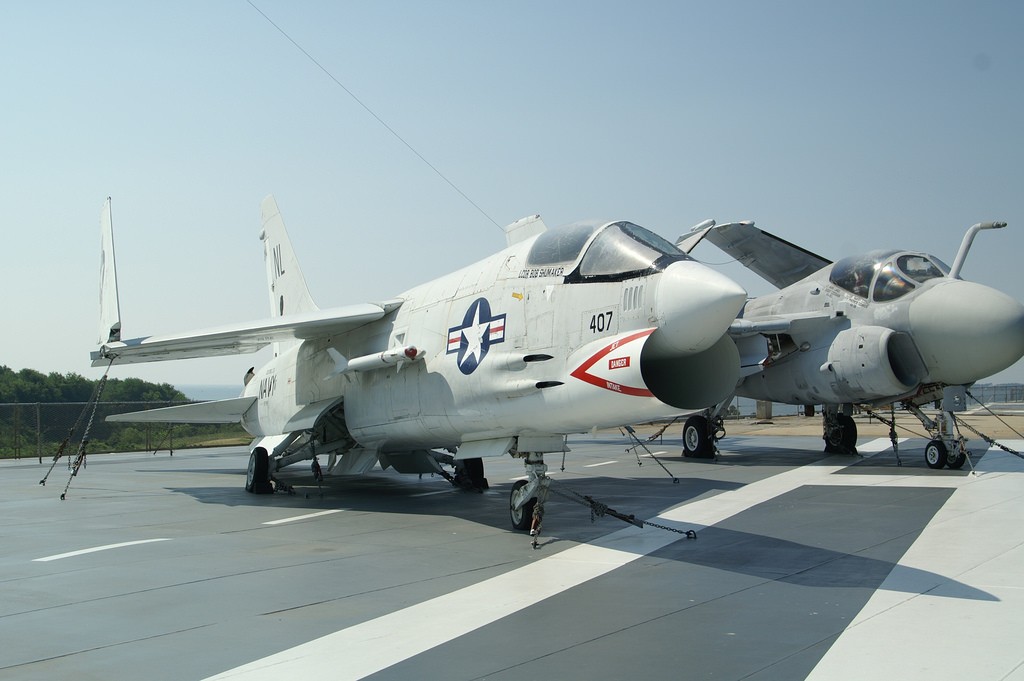
The Vought F-8 Crusader was designed for being a supersonic air superiority fighter jet with guns and cannons. This aircraft was the last in the line of American fighter jets that came with primary armaments. This earned it the nickname of being “The Last of the Gunfighters”. Later hardpoints were installed for mounting missiles and bombs.
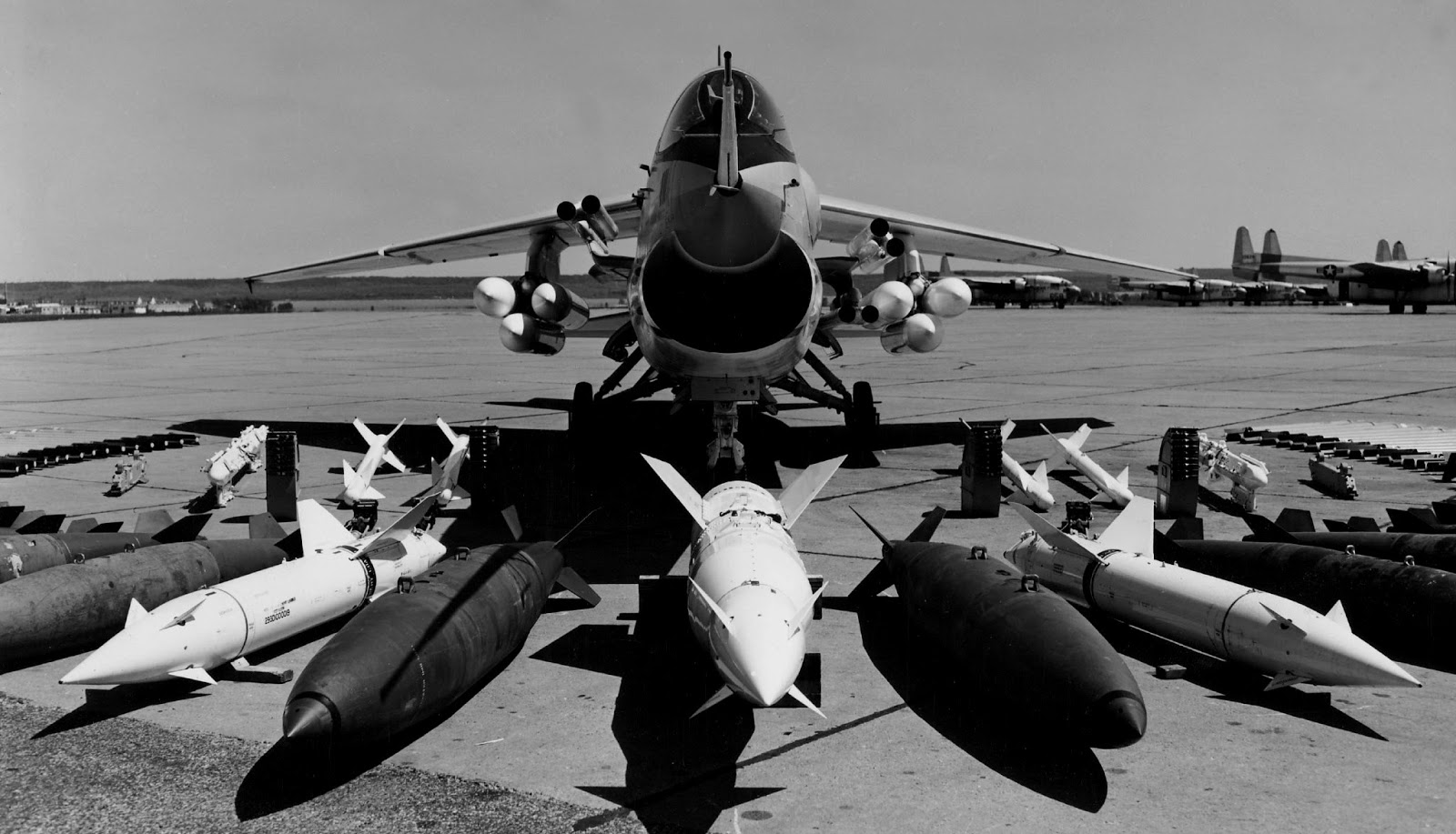
The aircraft had a top speed of Mach 1.86 with a range of 450 miles making it a perfect jet fighter for photo reconnaissance missions during the Vietnam War.
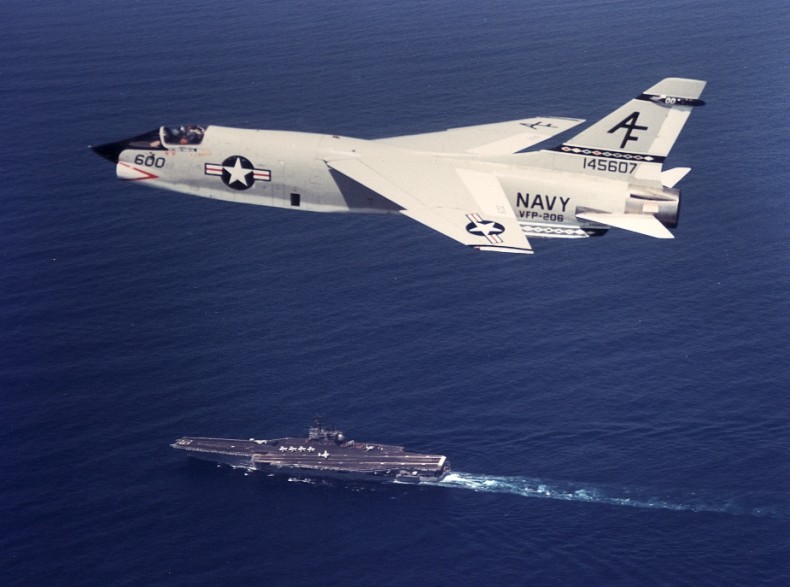
The aircraft also earned the nickname “Bomb Truck” due to its ability to strike the ground targets from its far offshore base of an aircraft carrier.
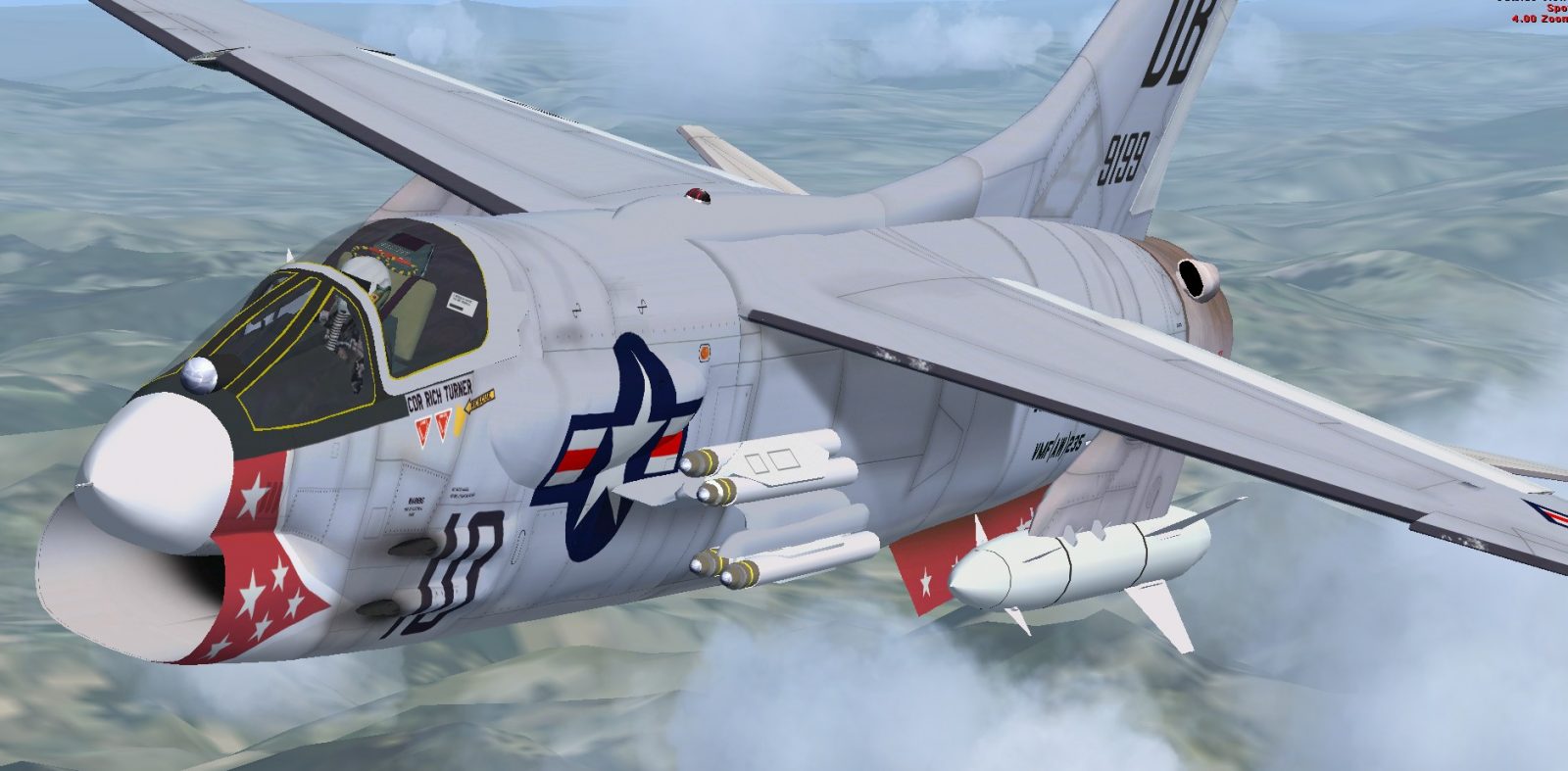
Related Content
Interesting Facts about Lockheed F-104 Starfighter; The Mid-Century Fighter


